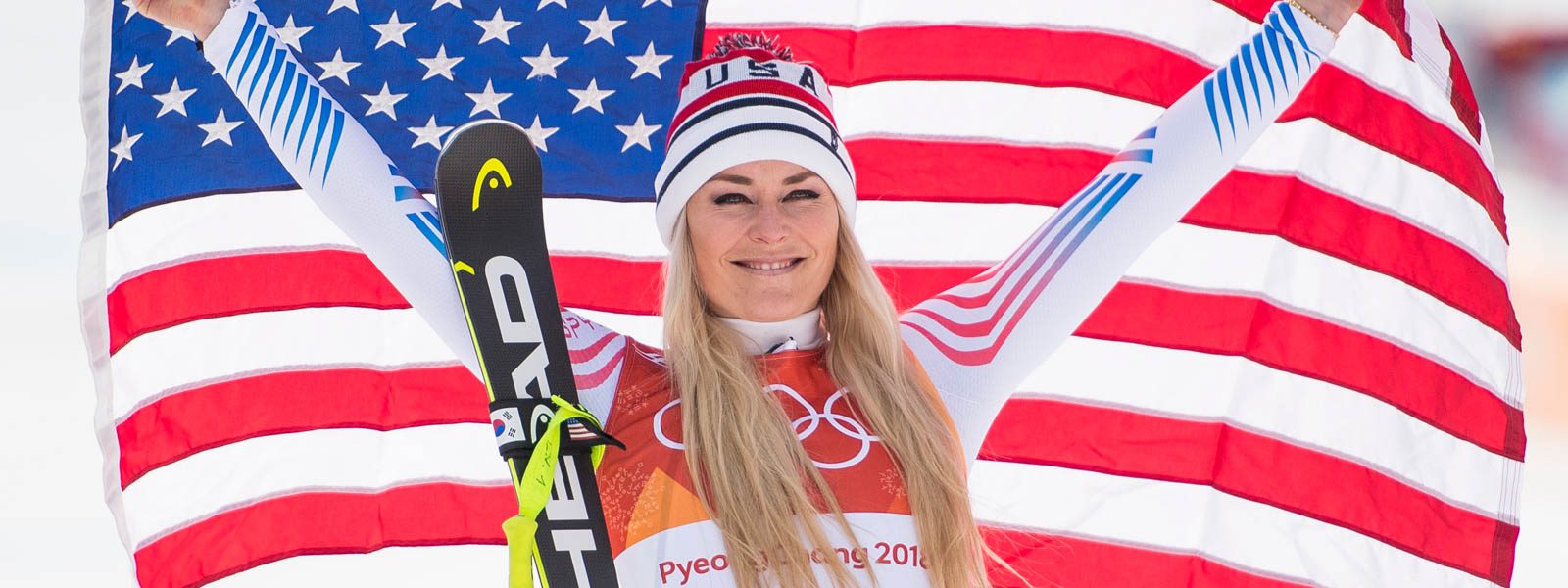The Top Four Core Exercises for Ski Racers
In Athletic Development training, one of the first priorities in taking on a new sport is to do what’s called a “Sport Demands Analysis,” or “SDA” for short. An SDA evaluates any and every demand an athlete will face while training for and competing in their sport. A thorough SDA covers the domains of the physiological, psychological, nutritional, biomechanical, and beyond. Many demands are easily quantifiable – time domains, forces, intensities, caloric output – while others, like psychological demand or core strength, can be quite challenging to perfectly quantify. Even so, the importance of core training for the ski racer is well known and understood by coaches and athletes alike across all levels. But what exactly is the core?
In simple terms, the core is everything connecting the upper body to the lower body, from the tops of the knees to the middle of the chest, wrapping all the way around the body like a thick belt. Everything in your body is incredibly interconnected, which means there are a lot of moving parts in everything we do. Understanding the core in this way allows us to recognize the core’s impact in all of our movements, from sitting to walking to lifting to skiing.
Regardless of age or experience, all of my athletes restart every prep period with the basics. A challenge I see with many younger athletes is that they’ve ramped up their core training beyond what they can execute well. The reality is that a simple exercise done perfectly is actually incredibly difficult, while a simple exercise done with moderate intent and poor attention to detail doesn’t feel like it’s doing much at all. Having “intent” in everything we do is a big push I make with all of my athletes. It’s truly the biggest differentiator between wasted time and high quality training.
Four of the most basic core movements that all of my athletes have learned and are working to perfect are the kneeling side bridge, the plank reach, the adductor side plank, and the hollow hold. All four of these exercises can be progressed to become harder, however I’d challenge you to be disciplined enough to work on perfecting these movements first rather than being tempted to ramp them up quickly. Here with the national team, my athletes did an entire three-week block working to nail these movements down before I allowed them to move on.
Though the majority of our core training takes place on our feet, this group of four exercises are valuable because they can be done without any equipment, giving you the freedom to do them at home, as a warmup in the lodge before skiing, or on the road in a hotel room. They’re a staple in many of my athletes’ warmups and programs. Take 10-15 minutes to give them a shot prior to your next gym or on-hill session and see how you feel!
Kneeling Side Bridge
The kneeling side bridge is an incredibly effective exercise for working an athlete’s lateral rotational stability while targeting the gluteus medius specifically. It ties the whole trunk into one movement, clearly showing where there are deficiencies or imbalances either on one side specifically, or from one side to the other. It forces athletes to demonstrate great control of both the rib cage and the pelvis through a dynamic movement pattern. A typical session could have 2-4 sets of 6-12 reps per side.
Plank Reach
This movement ties the entire body together, from the shoulders all the way down to the toes. It forces the body to resist rotation and stabilize both on the anterior side and the posterior side of the body, while also dynamically moving and shifting from one side of the body to the other. Having the ability to control the hips with the core through this movement, while keeping the shoulders and hips tied together as one, is a skill that’s far more easily said than done! Try out 2-4 sets of 8-12 total reaches, alternating arms each reach. Take your time on this one, and work to perfect the positions rather than racing through the motions.
Adductor Side Plank
A twist on the more common side plank, the adductor side plank heavily recruits the adductors as well as the obliques, which are both very specific to the sport of ski racing. This movement requires the athlete to maintain control rotationally as he or she fights to keep the body aligned through motion. It’s best to perfect a side plank first, then progress to the side plank hip drop, then try out the side plank march. Once you can nail a perfect 30-second side plank on each side, try out 2-4 sets of 20-30-second holds, then progress into 2-4 sets of 10-16 marches per side.
Hollow Hold
The hollow hold is a slightly more advanced version of the deadbug, forcing the athlete to control the ribcage and the pelvis in an extended position. If the deadbug is challenging enough to perfect, start there! But once that’s conquered, the hollow hold increases difficulty without significantly increasing complexity. Focus in this movement on keeping the lower back pinned against the floor, which requires a posterior pelvic tilt. As you fatigue, you’ll feel a tendency for your ribcage to flare up, pulling your low back away from the floor. 2-4 sets of 10-20-second holds is challenging to do well. Once that’s perfected, go for 2-4 sets of 10-20 total hollow rocks, fighting to maintain perfect position throughout the movement.
Editor’s note: Stay tuned for more training tips from Michael in the coming weeks as he shares more of his expertise with us here at Ski Racing Media.





















